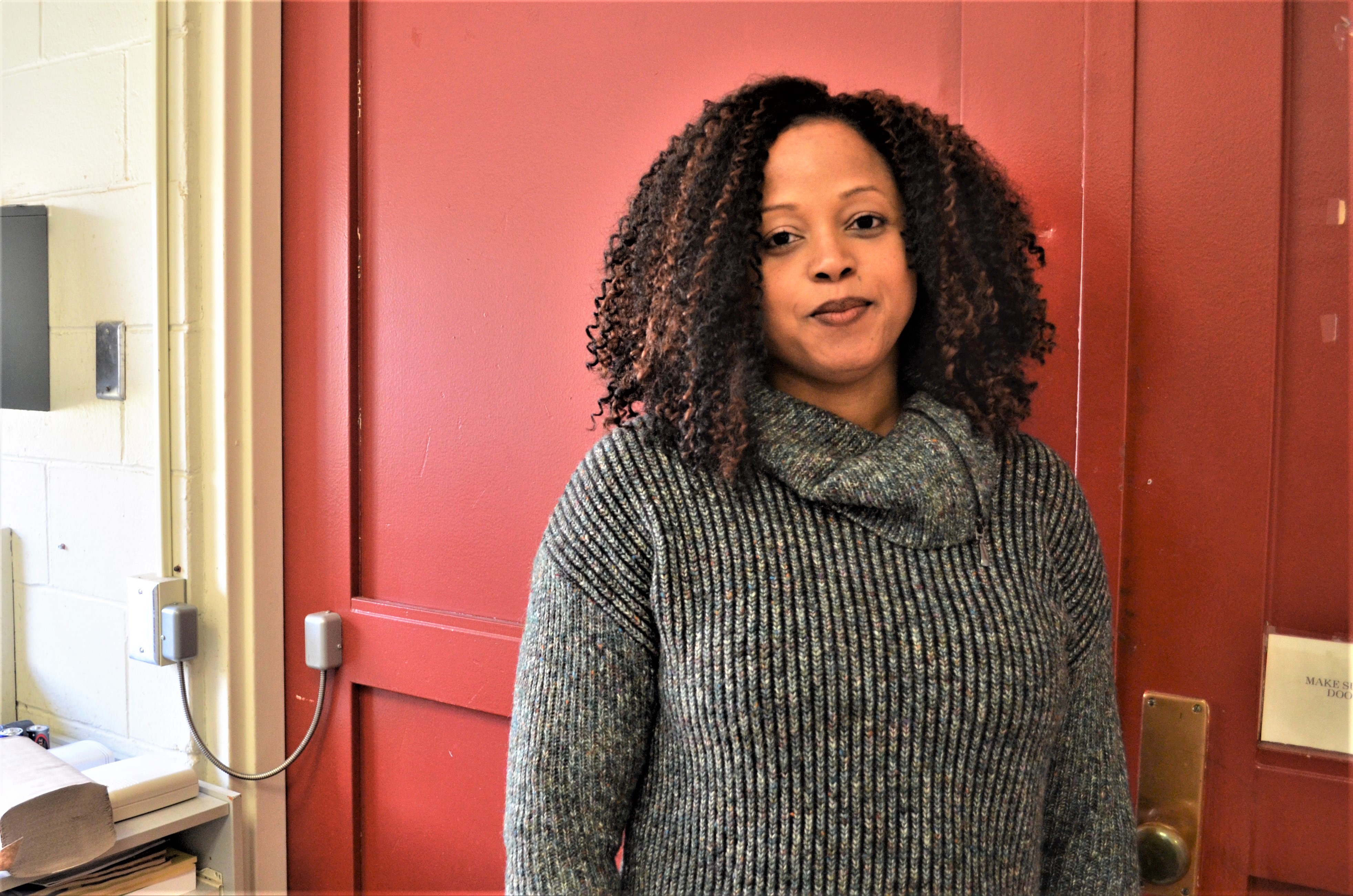MSU researcher establishing disease risk levels in low-flow plumbing fixtures
Jade Mitchell, an associate professor in the Michigan State University Department of Biosystems and Agricultural Engineering, is part of a project to reduce health hazards of low-flow water systems.

Jade Mitchell, associate professor in the Michigan State University (MSU) Department of Biosystems and Agricultural Engineering (BAE) is connecting science, engineering and human health through research on waterborne pathogen risk levels in low-flow plumbing. This type of system decreases the flow of water without decreasing the pressure, and can be found in our homes, schools and workplaces, especially if the buildings are newer.
Mitchell is part of a U.S. Environmental Protection Agency (EPA)-funded project to better understand and reduce water quality and health risks caused by low-flow plumbing fixtures. Led by Purdue University scientist Andrew Whelton, the project also includes MSU researchers Joan Rose, the Homer Nowlin Chair in Water Research and the 2016 Stockholm Water Prize Laureate; Janice Beecher, director of the Institute of Public Utilities Policy Research and Education; and A. Pouyan Nejadhashemi, BAE professor. Results from this research can be used by engineers, architects and municipalities when considering water safety options for buildings, according to Mitchell.
“Water conservation has been mainly driven by the energy policy, and not on how we treat and store water,” Mitchell said. “What's happening — is that due to water conservation and low-flow fixtures, we're using less water— so our water is being stored longer in the pipes and that allows for leaching of chemicals and growth of pathogens.”
The pathogens that can manifest in low-flow systems are called opportunistic pathogens, which means there is a special condition in which they can cause harm. Perhaps more importantly, opportunistic pathogens can cause infections in people with sensitive immune systems: individuals with an existing disease or illness, children, the elderly and pregnant women.
“Opportunistic pathogens tend to grow in situations where other pathogens don't, so like we set our water heaters at a certain temperature so that people aren't scalded, but they're not high enough to kill these pathogens,” Mitchell said.
Pathogens present in low-flow plumbing systems include the bacterium Legionella pneumophila, which can cause Legionnaires disease; the brain-eating amoeba Naegleria fowleri; Pseudomonas aeruginosa, an antibiotic-resistant pathogen associated with serious illnesses; and Mycobacterium avium, which can cause respiratory illness, especially in immunocompromised people.
To test health risks for these pathogens, Mitchell and the rest of the team tested water taps in the RENEWW (Retrofitted Net-zero Energy, Water and Waste) House, a research laboratory near Purdue’s campus in West Lafayette, Indiana, for roughly 50 days.
Mitchell said water quality assessments from utility companies don’t typically monitor all contaminants that can be found at the faucet tap.
“The only contaminants that are monitored at the tap are lead and copper, but basically everything else, you rely on incoming water to your home or your building,” Mitchell said.
The next step in the project is to conduct risk assessments to analyze the level of pathogens in the samples, and modeling to identify which water chemistry factors are good predictors of the level of pathogens and risk — and what exactly those risks are.
“What we’re trying to learn is how the water quality changes from the kitchen to the shower, especially for opportunistic pathogens,” Mitchell said. “Water regulations are based on ingestion, primarily, but things like legionella are inhaled, and we don't necessarily know what the differences are between the water quality and the locations where you might inhale it, versus where you might drink it.”
For ingestion, a one in 10,000 risk is usually accepted, per the EPA, but there are no guidelines for interpreting what one in 10,000 looks like for these opportunistic pathogens that can be inhaled.
Mitchell and the team are examining samples from the RENEWW House to study the concentration of concern for each pathogen, or what would put water over the EPA’s acceptable risk level. They’re also testing actual pathogen concentrations by putting the pathogen in water and calculating the risk of infection from exposure through drinking.
“You can go backwards and determine what your design criteria should be for something so that you get to that acceptable risk level, or you can go forward and say 'hey, here's a problem that we need to address, and our policymakers need to know about this so that we can invest resources and research and whatever else is needed to help communities,’” Mitchell said.
She also hopes it can result in improved water safety.
“I think that utilities (companies) tell people if you're on vacation, when you come back, you really should flush your water lines before you use them, but how much time it requires depends on what that whole pipe network looks like, like ‘how big is the building?’,” Mitchell said. “What we're hoping is that this research helps offer some better guidelines for what to do.”



 Print
Print Email
Email



